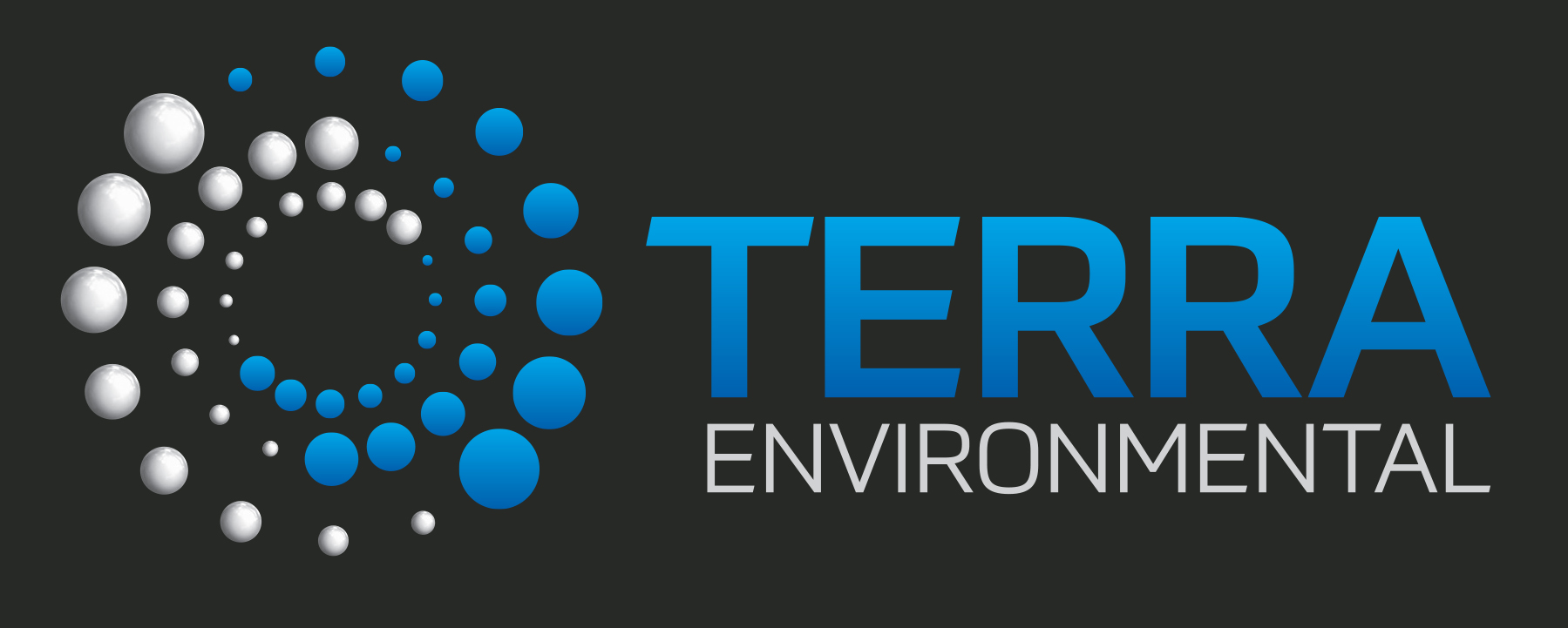
Project Survey
More than 60 percent of the U.S. offshore wind resource is located in areas with deep water, where the water is so deep that conventional foundations — large steel piles or lattice structures fixed to the seabed — are not practical. However, several U.S. companies are developing innovative floating offshore wind platforms for use in deep waters: spar-buoy, tension leg platform, and semi-submersible.

Process of building and finishing
With greater potential for corrosion from exposure to seawater, offshore wind turbines must be designed more robustly (i.e., requiring less maintenance) than land-based turbines due to the high costs of transporting maintenance crews and replacement components to and from offshore wind plant sites. The program’s technology development projects are intended to produce innovative components, controls, and integrated system designs, as well as improved modeling and analysis tools, which will improve the performance and reliability and reduce the costs of offshore wind systems.
 Installers recommend sites with average wind speeds of at least 12 mph, but specific land requirements vary. Zoning codes sometimes impose a minimum requirement on lot size or on the distance a turbine may be placed from a property line and may vary depending on the height of the proposed turbine.
Installers recommend sites with average wind speeds of at least 12 mph, but specific land requirements vary. Zoning codes sometimes impose a minimum requirement on lot size or on the distance a turbine may be placed from a property line and may vary depending on the height of the proposed turbine.
Also, it is essential to have a site with unobstructed access to winds, which most often requires higher towers, larger land lots, and non-urban locations.
Small wind facilities are used to provide electricity to isolated locations and utility companies increasingly buy back surplus electricity produced by small domestic wind turbines. A large wind farm may consist of several hundred individual wind turbines which are connected to the electric power transmission network and can be located either in-land (onshore) or in bodies of water (offshore). Offshore wind farms can harness more frequent and powerful winds than are available to land-based installations.
A large contribution from wind energy to European power generation is technically and economically feasible. In 2011, installed wind power capacity in the European Union totalled 93.957 MW, enough to supply 6.3% of the EU’s demand for electricity. EWEA’s analysis of the National Renewable Energy Action Plans (NREAPs) showed an envisaged installed capacity of 213 GW of wind power which is forecast to produce 495 TWh of electricity in 2020. Taking the 27 NREAPs’ additional energy efficiency scenario, EU gross electricity demand is scheduled to grow to 3.529 TWh in 2020. Wind energy would, therefore, meet roughly 14% of the EU’s demand.
Installers recommend sites with average wind speeds of at least 12 mph, but specific land requirements vary. Zoning codes sometimes impose a minimum requirement on lot size or on the distance a turbine may be placed from a property line and may vary depending on the height of the proposed turbine.
